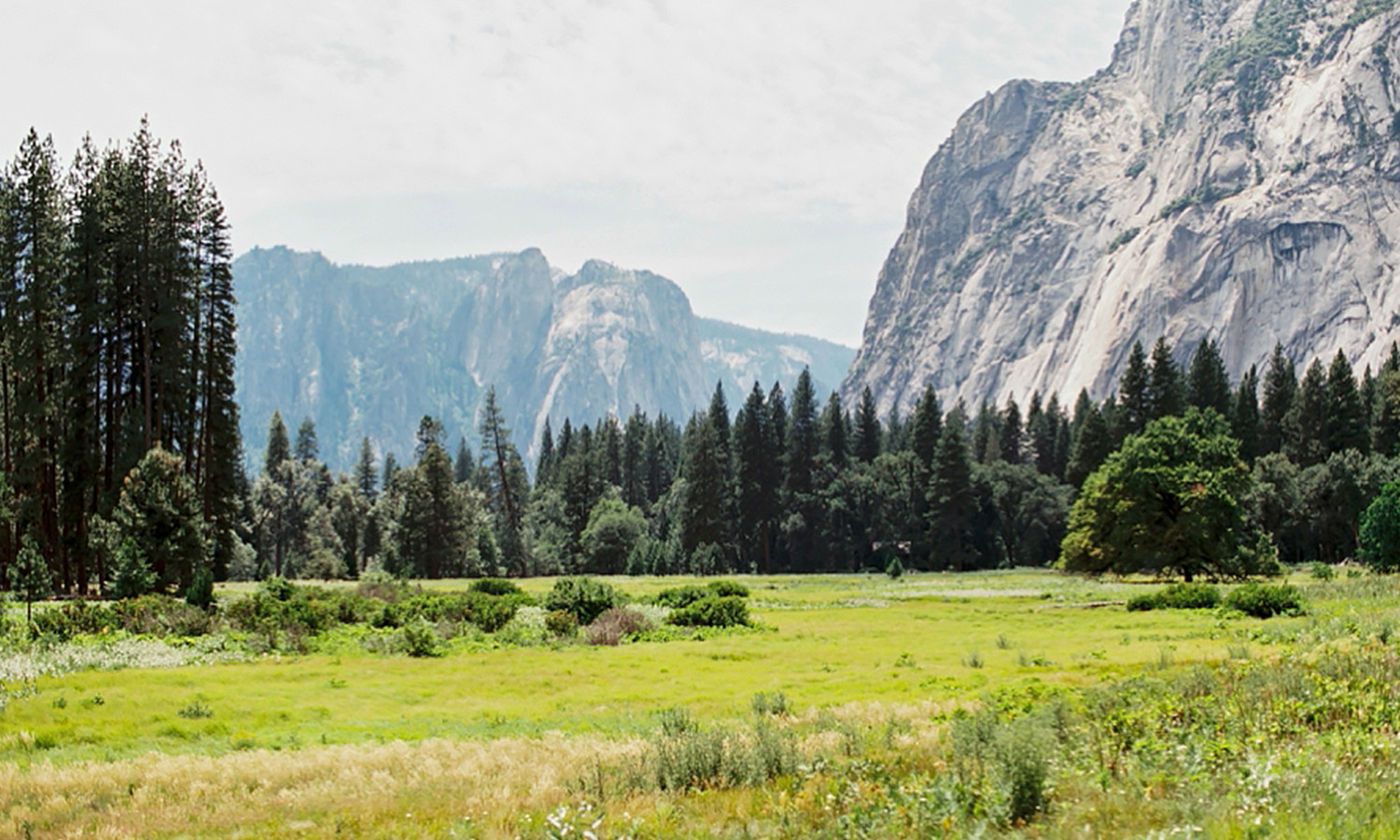Charleston is a seaport city in the state of South Carolina in the United States of America. Its historic downtown is on a peninsula formed by two rivers, Ashley and Cooper, flowing into the Atlantic, and protected from the open ocean by surrounding islands. Charleston was captured in the Civil War without much property damage, so the historic part of town has buildings that are hundreds of years old. The current downtown skyline, with practically no tall buildings due to the city's height restriction ordinance, is dominated by church steeples and the stunning Arthur Ravenel cable-stay bridge completed in 2005 over the Cooper River. The city is a major port on the eastern seaboard of the US and a popular destination for domestic and international tourists.
Charles Towne, as it was first called, was established in 1670 by Anthony Ashley Cooper on the west bank of the Ashley River, Charles Towne Landing, a few miles northwest of the present downtown. By 1680, the settlement had grown and moved to its present peninsular location.
Charleston Culture
Around 1690, the English colonists erected a fortification wall around the small settlement to aid in its defense. The wall sheltered the area, in the present French Quarter, from Cumberland St. south to Water St., from Meeting St. east to East Bay St. The wall was destroyed around 1720. Cobblestone lanes and one building remain from this colonial English Walled Town: the Powder Magazine, where the town's supply of gunpowder was stored. Remnants of the colonial wall were found beneath the Old Exchange Building.
Luckily, Charleston was re-captured in the Civil War without much property damaged, and it was the first city in the U.S. to pass a historical preservation ordinance. Thus, much of the beautiful architecture, from early Colonial, Georgian, Federal, Greek Revival, and Italianate to Victorian, remains for future generations to see and enjoy.
Charleston is also known as The Holy City due to the numerous church steeples, which dot the city's low-rise skyline, and the fact that it was one of the few places in the original thirteen colonies to provide religious tolerance to the French Huguenots as well as to Jews.
Charleston is in general a laid-back, but sophisticated, city and has an old-South feel, just like its neighbor, Savannah. Most people in Charleston are helpful when approached in a polite manner. If a traveler speaks little English, Charlestonians are still generally willing to help as best they can. It is advisable, however, to at least learn a few key English phrases, and perhaps carry a traveler's phrasebook.
By foot
Luckily for visitors to Charleston's peninsula, the historic district is accessible on foot. If staying in one of the many hotels on the peninsula of Charleston, a visitor could easily explore most of the city's major historical sites without benefit of a car, either by foot or also with the help of the three DASH trolley lines. Unfortunately, the plantations--a significant part of Charleston's history--are not located within walking distance of the peninsula. If you are driving into the historic downtown, the first thing to do is to find someplace to park. Garage parking is available at the Visitor Center for $1/hr.
The streets in the historic downtown in peninsular Charleston are more or less parallel and perpendicular to the Cooper River waterfront, forming a warp grid pattern, with a major shift in the angle of the grid at the east-west "fault line" of Beaufain/Hasell Street, just north of the old Market Area near the waterfront. The major east-west street, Calhoun Street, was once known as the Boundary Street, separating the then-suburbs north of it from the urban area south of it. The major north-south street, King Street, is the main shopping street in downtown, from the Upper King area north of Calhoun around the Visitor Center south to the upscale anchor, Charleston Place, at Beaufain/Hasell.
Several blocks south is a major east-west street, Broad Street, which divides two areas in historic downtown, aptly named North of Broad and South of Broad. Those South of Broad were nicknamed SOBs, and those Slightly North of Broad were SNOBs. The French Quarter, founded by the French Huguenots, is just south of the Market Area along the waterfront. The area near the southern tip of the peninsula, where the Ashley and Cooper Rivers meet, is known as The Battery. Take a French Quarter walk with a 12th generation Charlestonian of Huguenot descent (843-609-4479).
There are many walking tours, which give you the opportunity to see more than just driving past in a bus or carriage. There is a walking tour for virtually every interest. You will find Pub Tours, Civil War tours, culinary tours, ghost tours, Gulla tours, architecture tours, art tour, and even pirate tours. Some of the walking tour companies offer tours with guides in period costume. Charleston Pirate Tours even has a costumed guide whose parrot, a blue and gold macaw, accompanies the tour.
Join the merrier side of Charleston (843-345-PUBS) and hop on an Original Pub Tour, Upper King Pub Crawl, or see what's brewing in your local breweries, distilleries, brewpubs, and historic taverns around town. Culinary and craft beer dinner pairings have become popular along with Charleston's breweries and distilleries. Nothing beats a good old fashioned original pub crawl to get your bearings and celebrate the culture of charming Charleston.
Writing by WikiTravel | Photos by Amy Cherry
